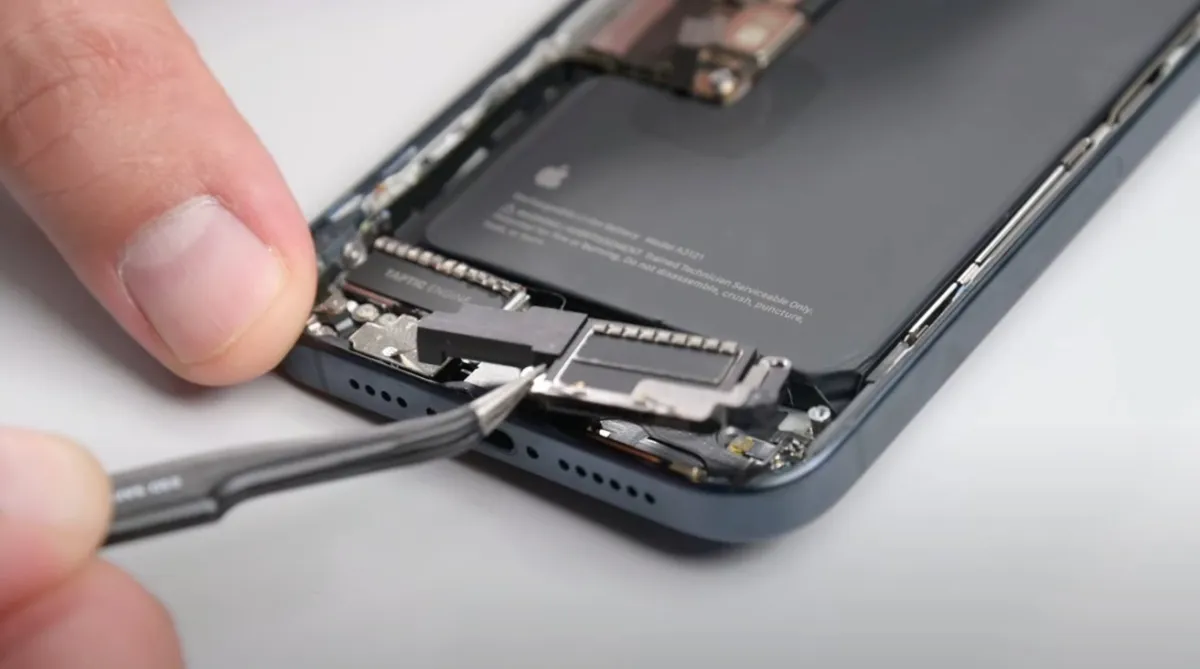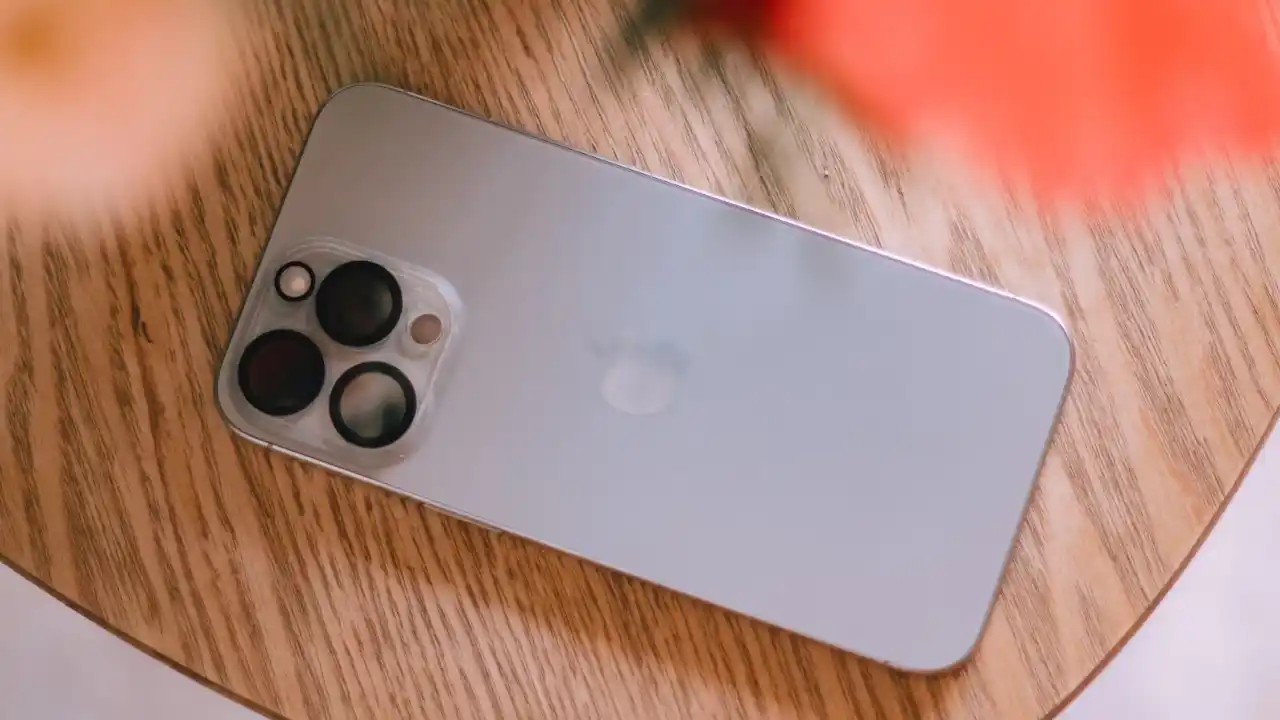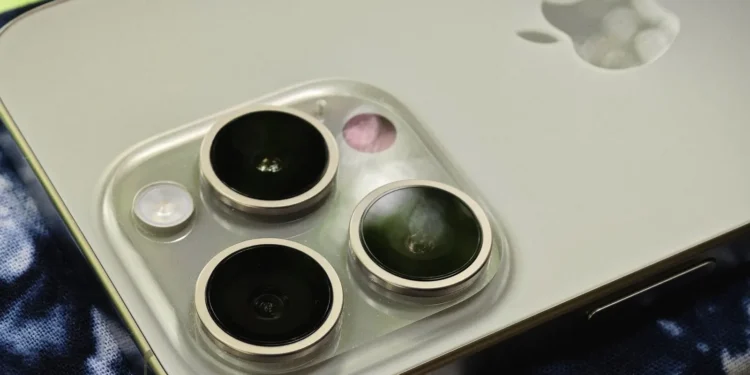In the fast-evolving world of smartphone technology, Apple’s latest iterations, the iPhone 16 Pro and iPhone 16 Pro Max, have once again captured the spotlight. A recent teardown by the repair experts at iFixit has given us a deeper insight into what lies beneath the sleek exteriors of these high-end devices.

A Closer Look at iPhone 16 Pro and iPhone 16 Pro Max
Unlike their more modest counterparts, the iPhone 16 and iPhone 16 Plus, which introduced an innovative electrically-assisted battery removal process, the Pro models have retained the traditional stretch-release adhesive. This choice might seem a step back in the context of repairability, especially when simplification seems to be the trend. However, accessing the internals via the back rather than risking damage to the display during disassembly is a design tweak that many would appreciate.
Battery Encasement: A Puzzling Difference
A noteworthy peculiarity in the design is the battery casing. The iPhone 16 Pro has its battery snugly encased in metal, akin to the standard iPhone 16 models. Curiously, the iPhone 16 Pro Max has foregone this metal encasement. iFixit described this decision as “perplexing,” highlighting a divergence that might stir curiosity about the implications for durability and repairability.

Advancements in Component Accessibility
The teardown also revealed enhanced accessibility to the LiDAR Scanner, a vital component for AR capabilities and improved autofocus in photography, which has been repositioned for easier repairs. Previously tucked under the main camera assembly, its new placement is a nod towards easier maintenance. Camera modules in the new Pro models are nearly identical but feature slight variations in cable length and screw placement, preventing interchangeability. Such intricacies are critical for repair technicians and enthusiasts to note, ensuring correct parts are used for replacements.
Internal Design Improvements
The redesign has also touched upon the logistical aspects of the device’s internals. Notably, the movement of the mmWave antenna to accommodate the Camera Control button has been executed without compromising the integrity of the signal, although it remains housed in a titanium frame which could potentially attenuate signal strength. Another significant enhancement is the USB-C port’s simplified removal process, a change from previous models, though Apple still does not offer replacement parts for this component. The logic board now requires only the removal of the upper speaker assembly to be accessed, marking a considerable improvement in design from a repair perspective.

iFixit’s Verdict on Repairability
iFixit has awarded the iPhone 16 Pro models a commendable repairability score of 7 out of 10. This score reflects the thoughtful design revisions that facilitate easier access to internal components and potentially simpler repairs. However, the lack of official replacement parts for certain components like the USB-C port could be a drawback for some users.
Despite some lingering questions about certain design choices, such as the non-metal encased battery in the iPhone 16 Pro Max, Apple’s latest Pro models showcase a balance between innovation in functionality and maintenance. As we continue to see advancements in technology, the importance of design intricacies that allow for longevity and ease of repair cannot be understated. These teardown insights not only satisfy tech enthusiasts’ curiosity but also inform potential buyers about what to expect in terms of longevity and serviceability.










